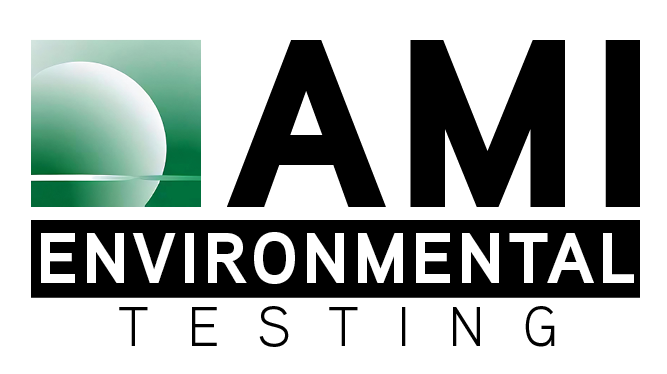Mold growth in buildings can often be traced to two categories: naturally occurring molds and those that proliferate in adverse environments, which can pose greater health risks.
Naturally occurring molds, such as Cladosporium, Ascospores, and Basidiospores, are frequently found outdoors and can enter buildings through ventilation, windows, or on clothes. These molds thrive in moist, shaded areas but generally pose less of a health threat indoors. For example, Cladosporium often appears on damp surfaces like wood, textiles, or insulation but rarely causes serious illness in healthy individuals. Ascospores and Basidiospores are common in nature and can appear indoors when conditions favor growth, especially in damp environments. These molds are usually allergens rather than toxins, causing mild reactions like coughing or sneezing in healthy individuals.
More toxic molds, like Aspergillus, Penicillium, and Stachybotrys, are typically associated with environments where moisture has been allowed to accumulate excessively, such as leaks or poor ventilation. These molds thrive in areas with high humidity and water damage. Aspergillus and Penicillium can produce mycotoxins which are harmful substances that can lead to respiratory issues, headaches, and immune suppression. Stachybotrys, often called “black mold,” is especially dangerous. It produces toxic spores that can cause severe health problems, including chronic respiratory issues, fatigue, and even neurological symptoms in extreme cases.
The presence of naturally occurring molds in small quantities is normal, but toxic molds thriving in adverse environments require prompt attention and remediation to prevent serious health risks.
Contact AMI Environmental Testing for mold investigation and mitigation.



